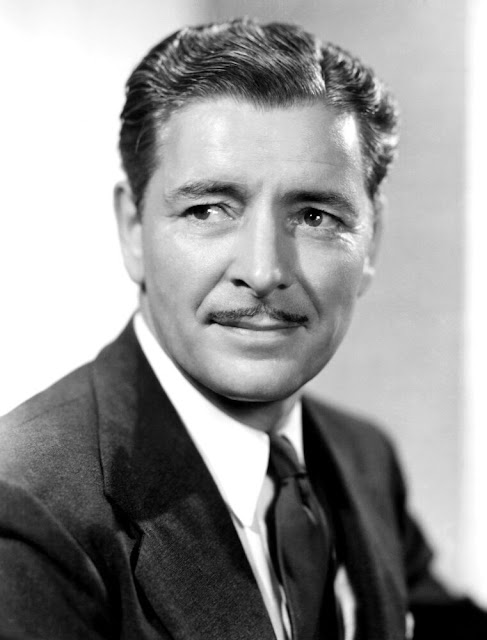I don’t have to tell you that H. P. Lovecraft is experiencing a renaissance of sorts lately. The popularity of his works is at an all-time high. The man is ubiquitous across all media: movies, music, comic books, board games, video games, role-playing games, etc.
I also don’t have to tell you that these same works and the man who penned them are very problematic from a 21st century point-of-view. Name a race, a gender, a sexual orientation, a national origin, attach the suffix “-phobe” to the end, and you’d have a pretty accurate description of the man. His depictions of African-Americans are disgusting. His portrayal of Eastern Europeans and Asians would put World War One and World War Two propaganda posters to shame. His monsters are thinly veiled (if they are veiled at all) stand-ins for everything that terrified white Americans in the early-20th century.
Yet, there’s just something about these creatures from “outside” our world and our petty human understanding that draws people to them. Black, white, gay, straight, men, women, and every point on the spectrum these terms try to define – everyone, it seems, can find something in Lovecraft that they can use in their own work. HBO’s Lovecraft Country, Victor LaValle’s novel The Ballad of Black Tom, and Chris Spivey’s Harlem Unbound, an excellent sourcebook for the RPG Call of Cthulhu, are all ways in which black artists have used Lovecraft’s world, but not his worldview.
Perhaps one of the ways in which people find a way into Lovecraft’s work is via his overarching sense of “cosmic horror.” The opening paragraph of Lovecraft’s short story, “The Call of Cthulhu,” serves as a good definition of what that terms meant for him:
"The most merciful thing in the world, I think, is the inability of the human mind to correlate all its contents. We live on a placid island of ignorance in the midst of black seas of infinity, and it was not meant that we should voyage far. The sciences, each straining in its own direction, have hitherto harmed us little; but some day the piecing together of dissociated knowledge will open up such terrifying vistas of reality, and of our frightful position therein, that we shall either go mad from the revelation or flee from the deadly light into the peace and safety of a new dark age.”
Today’s story, “The Dunwich Horror,” is one of Lovecraft’s best. Like “The Call of Cthulhu” and At the Mountains of Madness, “The Dunwich Horror” combines scientific jargon, occult rituals, back fence gossip, and factual reporting into a cohesive, dread-drenched story of cosmic horror. Like his literary hero, M. R. James, Lovecraft is at his best when he is couching his unique vision of horror in scientific terms. His protagonists are usually college professors or dilettante antiquarians who stumble upon clues in ancient tomes, modern art, and newspaper accounts. His heroes are, for the most part, nerds. This is another reason, perhaps, that there is a newfound love and respect for Lovecraft’s work: nerd culture rules the world, and nerds come in all forms.
“The Dunwich Horror” can be found in its entirety on the H. P. Lovecraft Archive website. HorrorBabble has a wonderful audio adaptation. The H. P. Lovecraft Historical Society of Glendale, CA, also produced an audio drama version in 2008.
There have been a couple of film adaptations. In 1970, Roger Corman produced a version for American International Pictures. It starred Dean Stockwell.
In 2009, the SyFy Channel produced a version also starring Dean Stockwell. It also had the man who most movie fans associate with Lovecraft: Jeffrey Combs.
My personal favorite adaptation is from the Golden Age of Radio. In 1945, the radio program Suspense aired a version starring the one and only Ronald Colman as Henry Armitage. It is utterly wonderful and horrifying. Its use of on-the-spot “live” radio reporting into the story – even going so far as to allow a moment or two of “dead air” to heighten the suspense and terror – is a nod to Lovecraft’s mixing of perspectives, voices, and media into his stories.
If you are interested in seeing what Wilbur Whateley may have looked like, then I urge you to visit the YouTube channel of SFX artist Chris Walas (Gremlins, Enemy Mine, Scanners). It will forever change the way you perceive papier-mâché.







No comments:
Post a Comment
What do you think? Let me know!